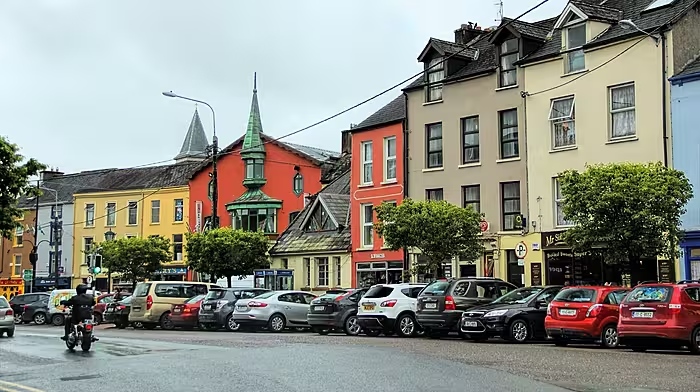The latest Urban Waste Water Treatment report from the Environmental Protection Agency, in respect of the year 2015, makes for pretty grim reading as not enough money had been allocated to preventing raw sewage from discharging into rivers, lakes and the sea, with several areas of Co Cork among those where this problem continues.
THE latest Urban Waste Water Treatment report from the Environmental Protection Agency, in respect of the year 2015, makes for pretty grim reading as not enough money had been allocated to preventing raw sewage from discharging into rivers, lakes and the sea, with several areas of Co Cork among those where this problem continues.
Apart from running the risk of incurring hefty fines from the European Union in respect of the 29 towns and cities that failed to comply with mandatory EU waste water treatment standards in 2015, and 43 areas where raw sewage was still being discharged, allowing our environment to be damaged like this is reckless and a threat to public health. According to the EPA report, just 25% of wastewater discharged into nutrient-sensitive areas from large towns and cities comply with nutrient quality standards, compared to the EU average of 88%.
Gerard O’Leary, director of the EPA’s office of environmental enforcement, quite rightly, stated that it was ‘not acceptable that the timeframe to eliminate the discharge of raw sewage from over 20 areas has slipped by almost two years.’ It is obvious that this is because State spending on such works almost halved in recent years: in the first decade of this century it was €270m annually, but dropped to €136m per year between 2011 and 2013, causing some schemes to be put on the long finger.
Even though investment has increased since Irish Water took over responsibility for wastewater treatment in 2014, the EPA director was critical in the report of the overall rate of progress, calling for further increases in capital investment and improved efficiencies. Plans are in place to address raw sewage discharges into Cork Harbour from the more densely-populated areas around it, such as Whitegate, Aghada, Cobh, Crosshaven, Carrigaline, Ringaskiddy, Shanbally, Passage West and Monkstown.
The less-populated areas of the West Cork area that need wastewater treatment schemes will have to wait longer with Timoleague on the list for 2018 and schemes planned for Castletownshend, Castletownbere and Inchigeela for 2019. This should eliminate the discharge of raw sewage and enhance the environment in these areas for locals and visitors alike as well as heading off the potential threat to public health it is causing at the moment. These works cannot come a minute too soon.
For all the criticism the much-maligned Irish Water has shipped since it was set up, it deserves credit for tackling the worst of our problems with wastewater disposal in a systematic manner and increasing investment in doing so. Between now and 2021, the utility company plans to spend an average of €326m per year on wastewater infrastructure and, hopefully, they can stay on top of things after that by ensuring that things are not let go to the extent that happened in the past.







